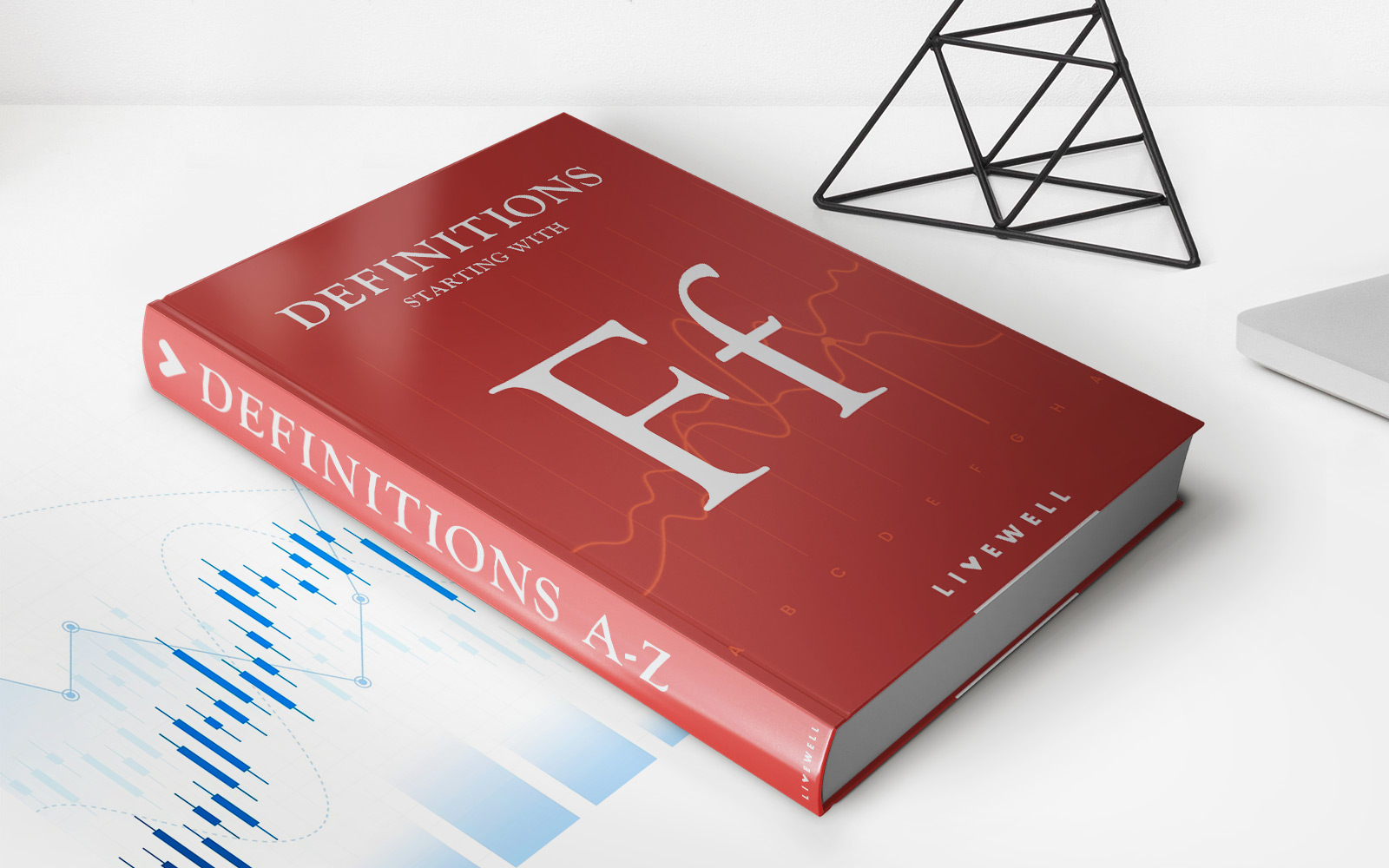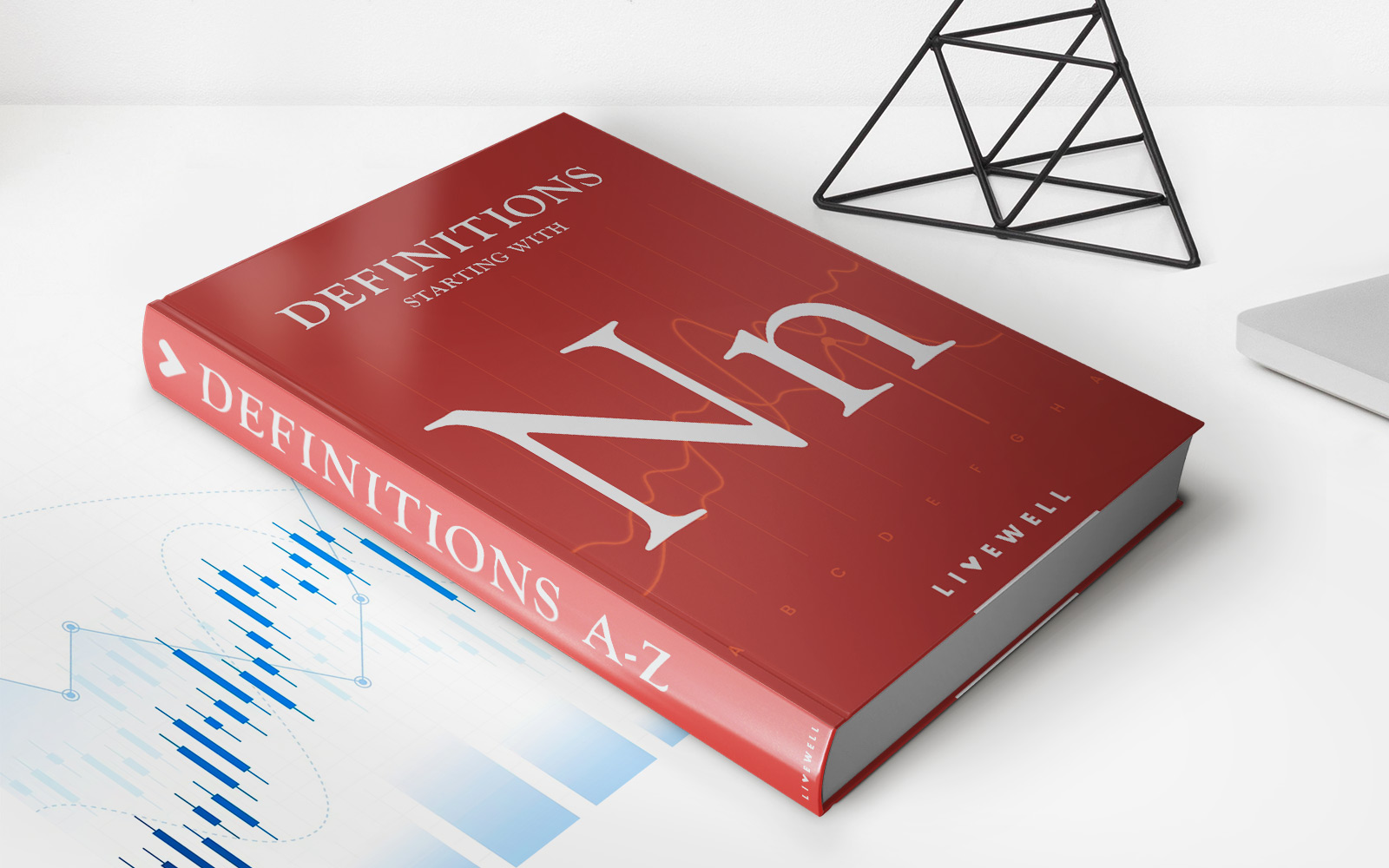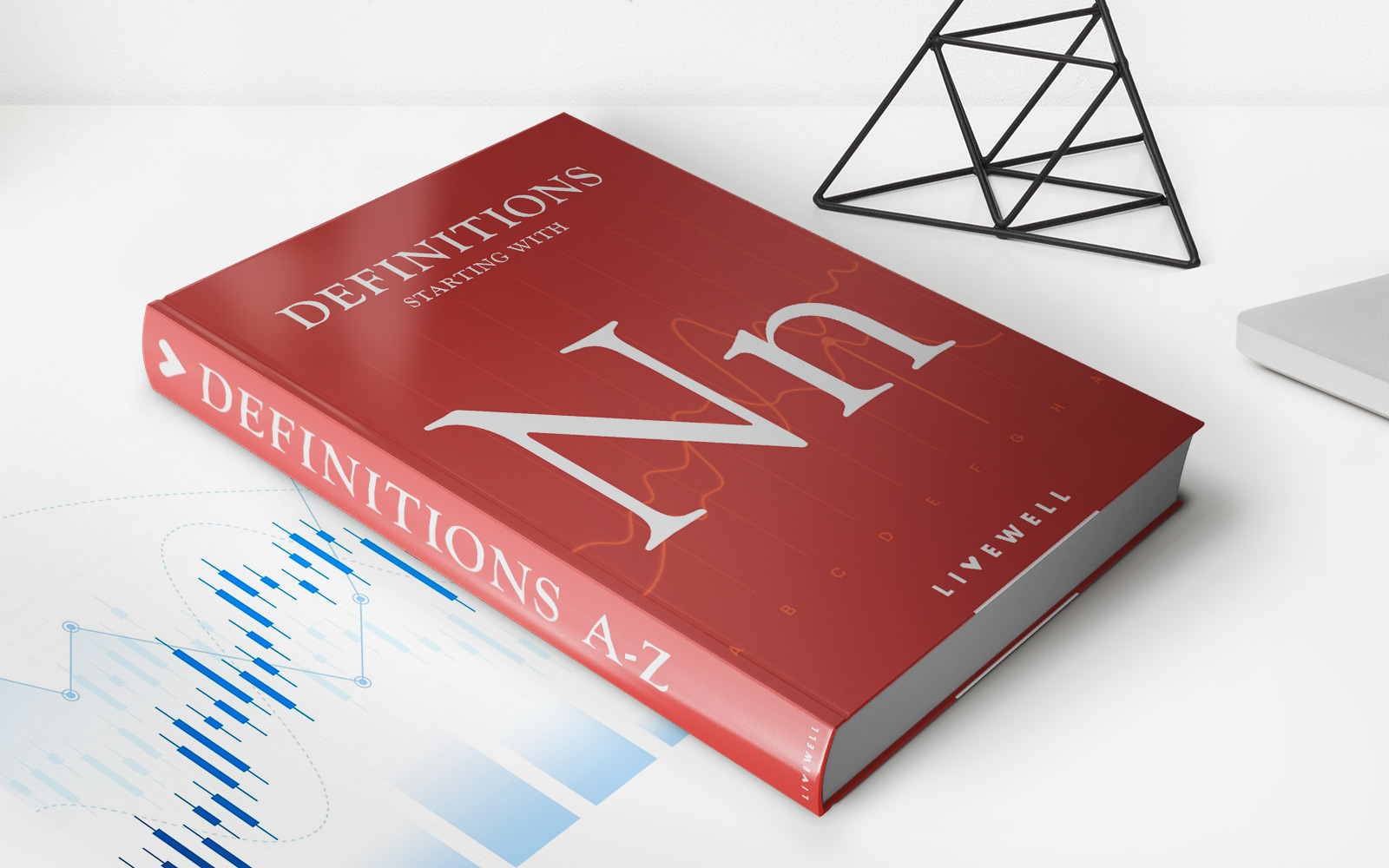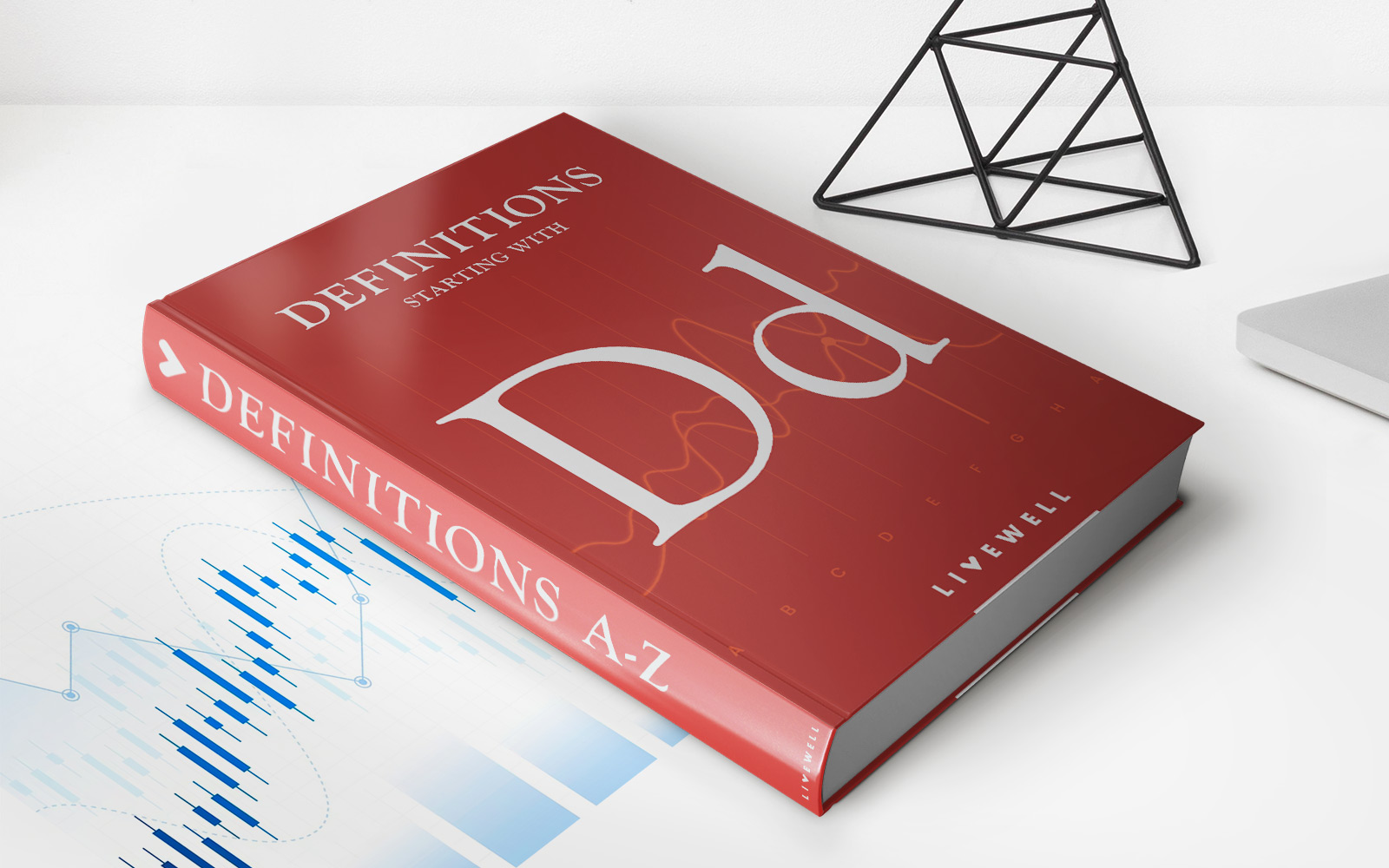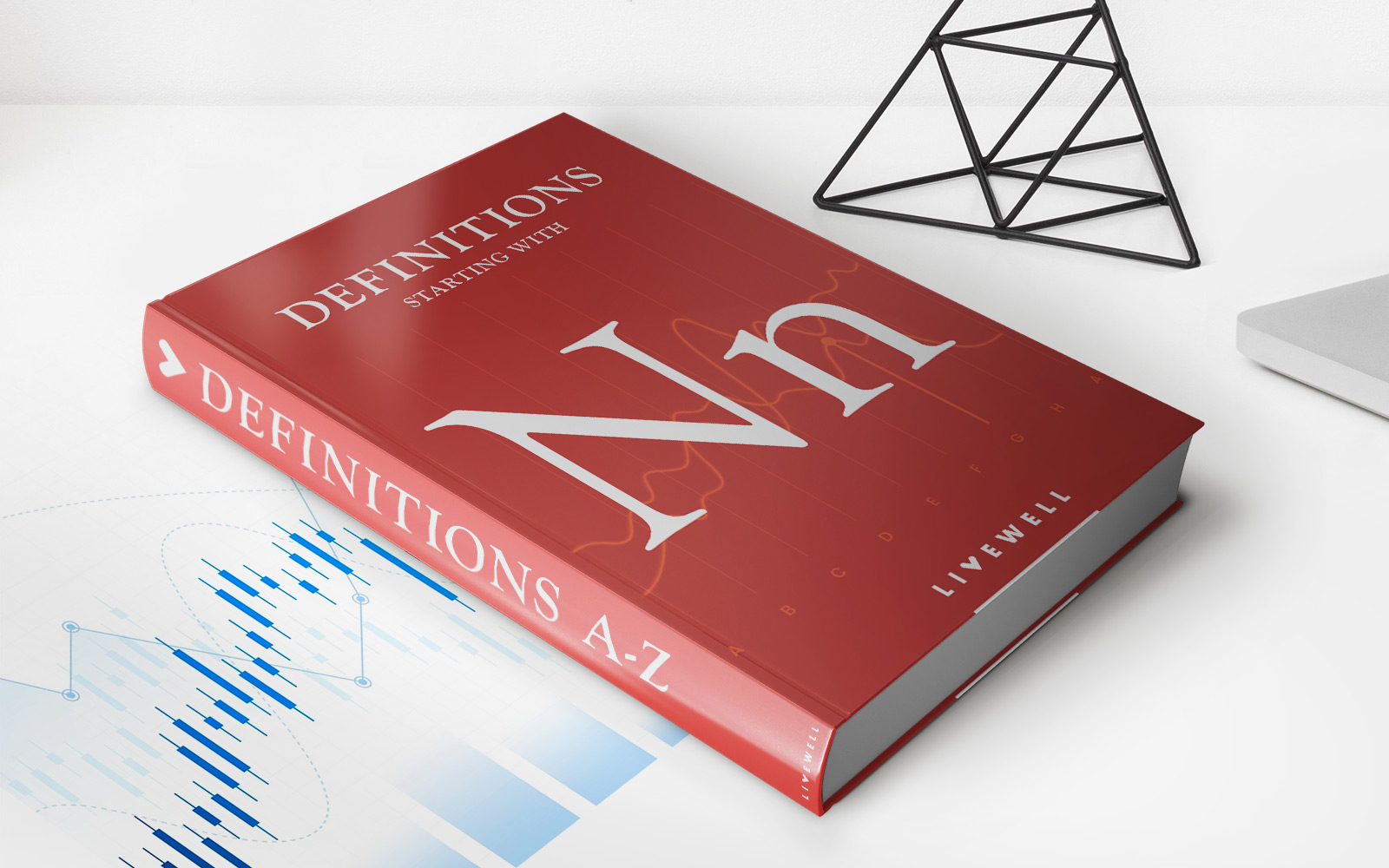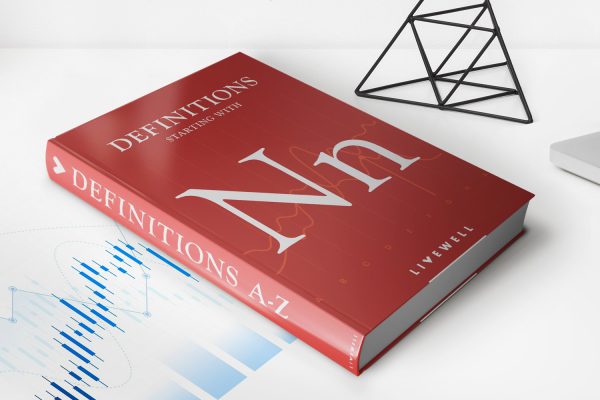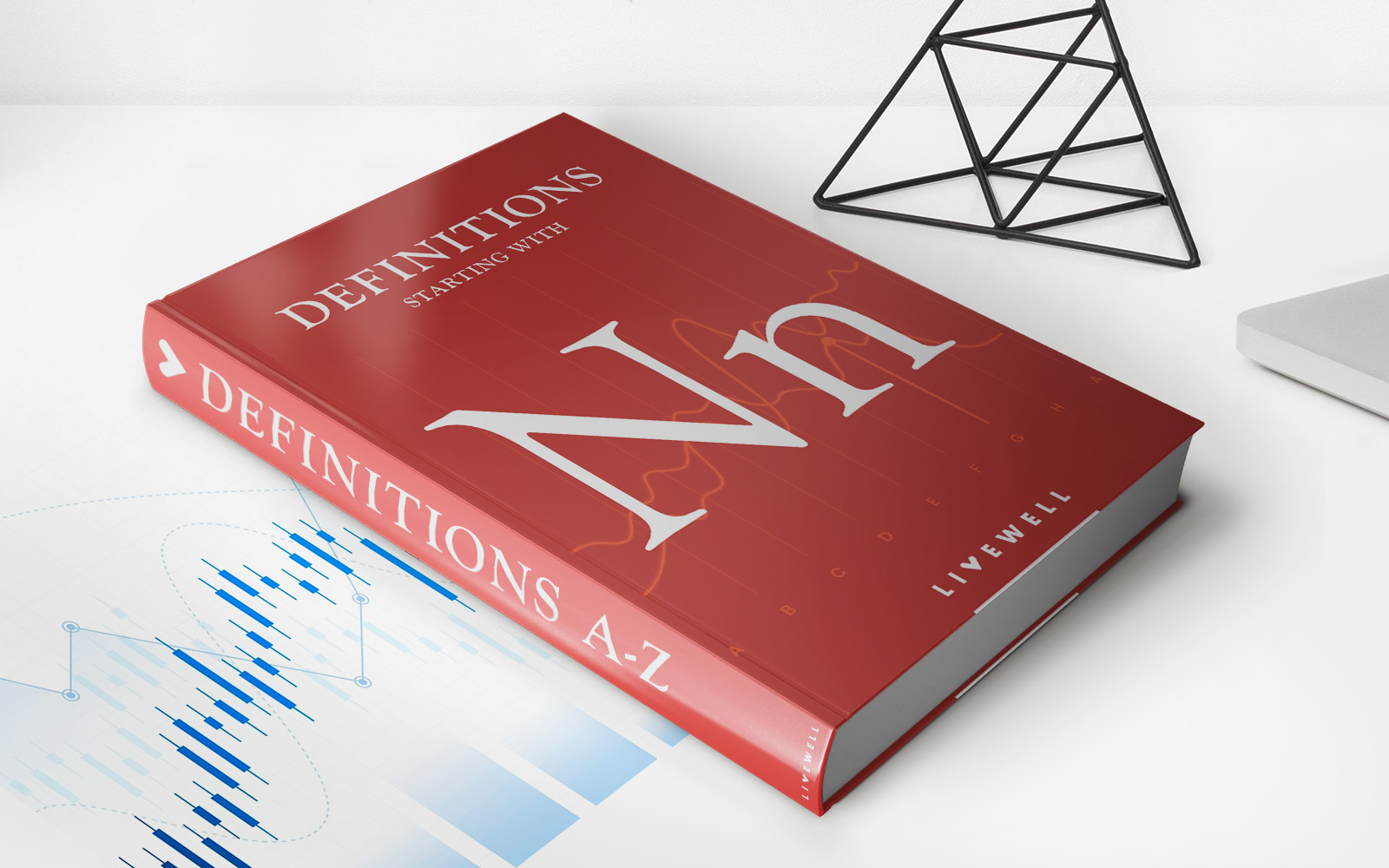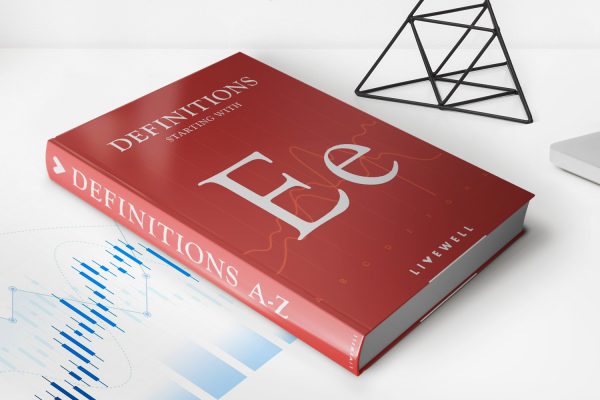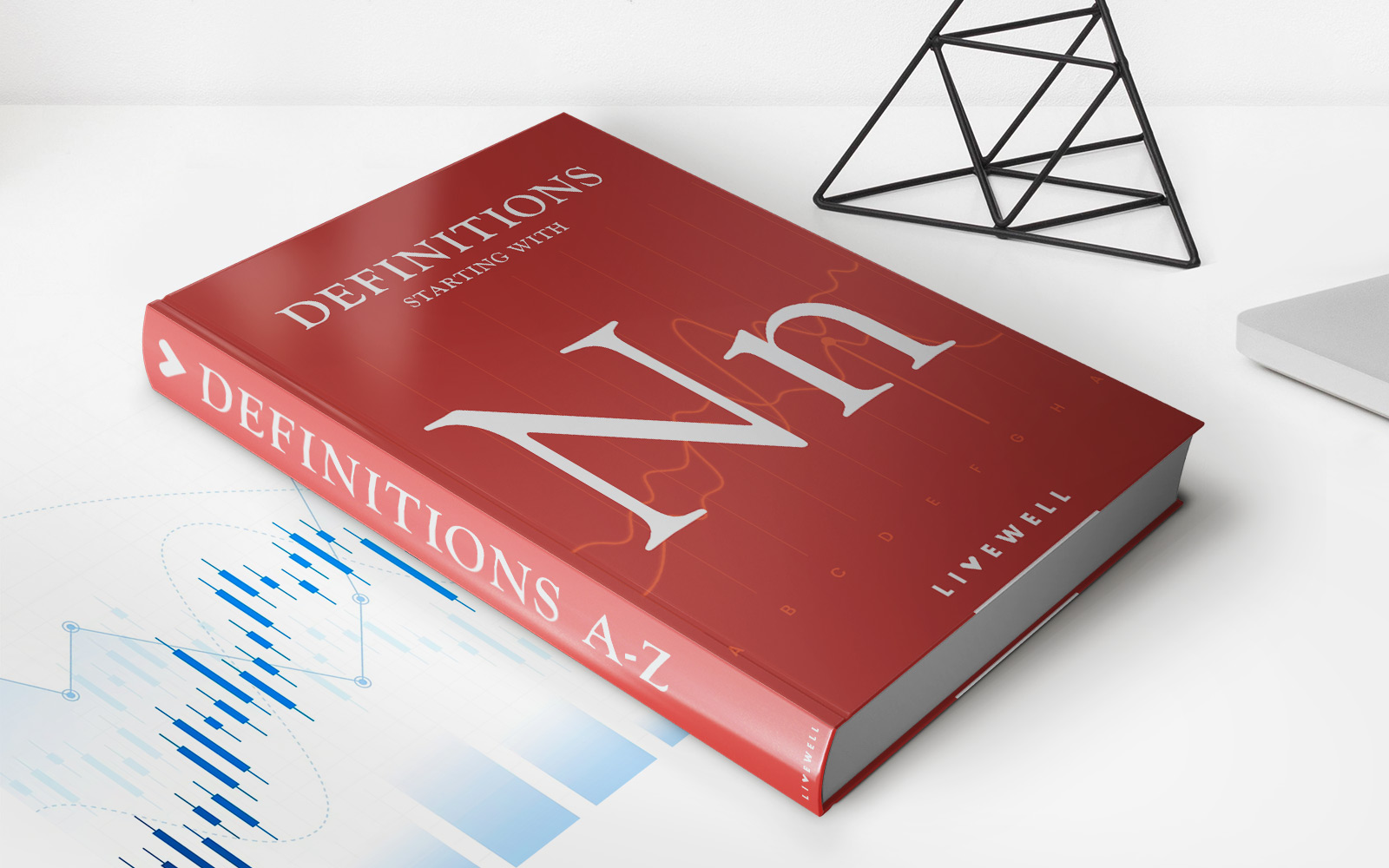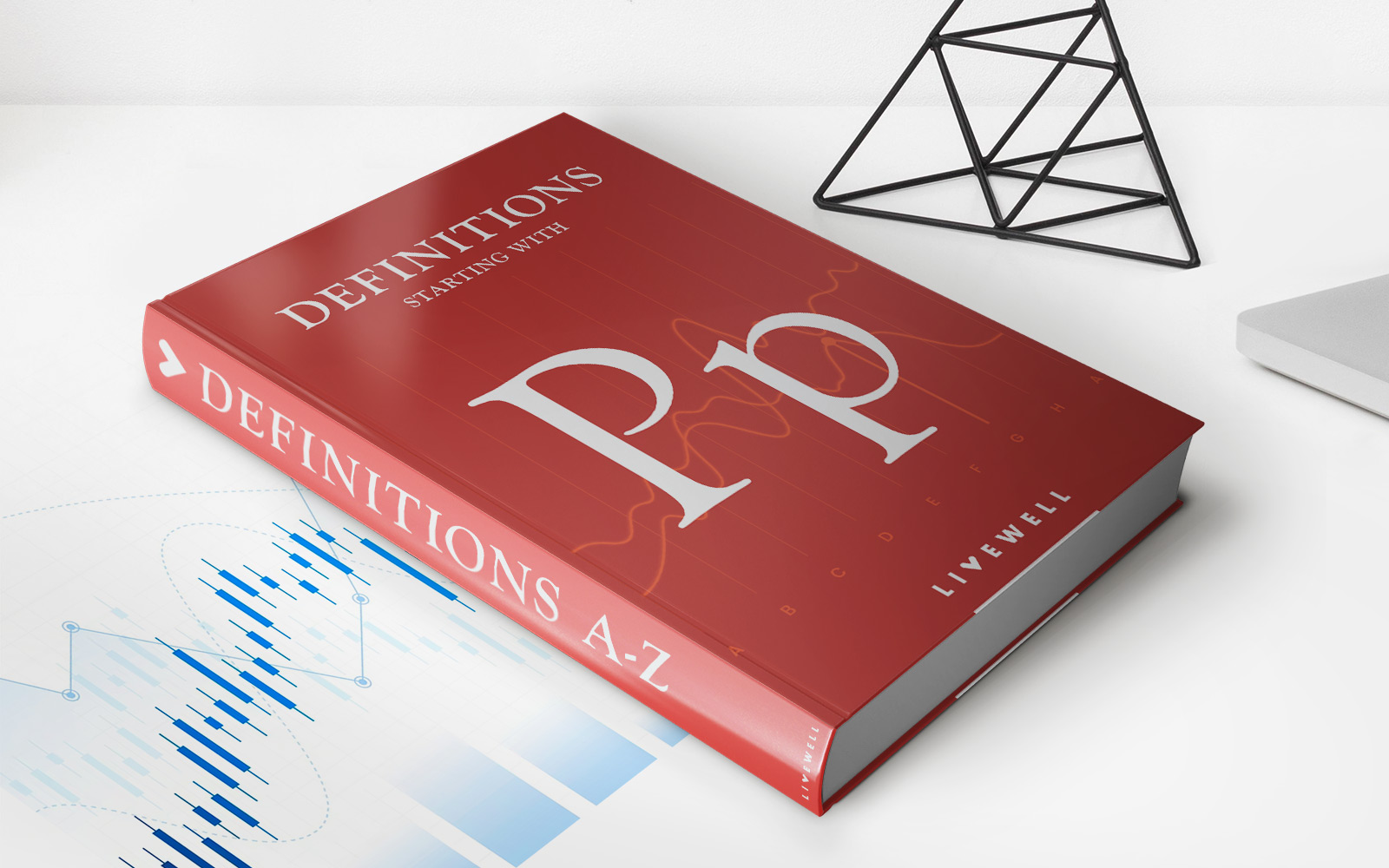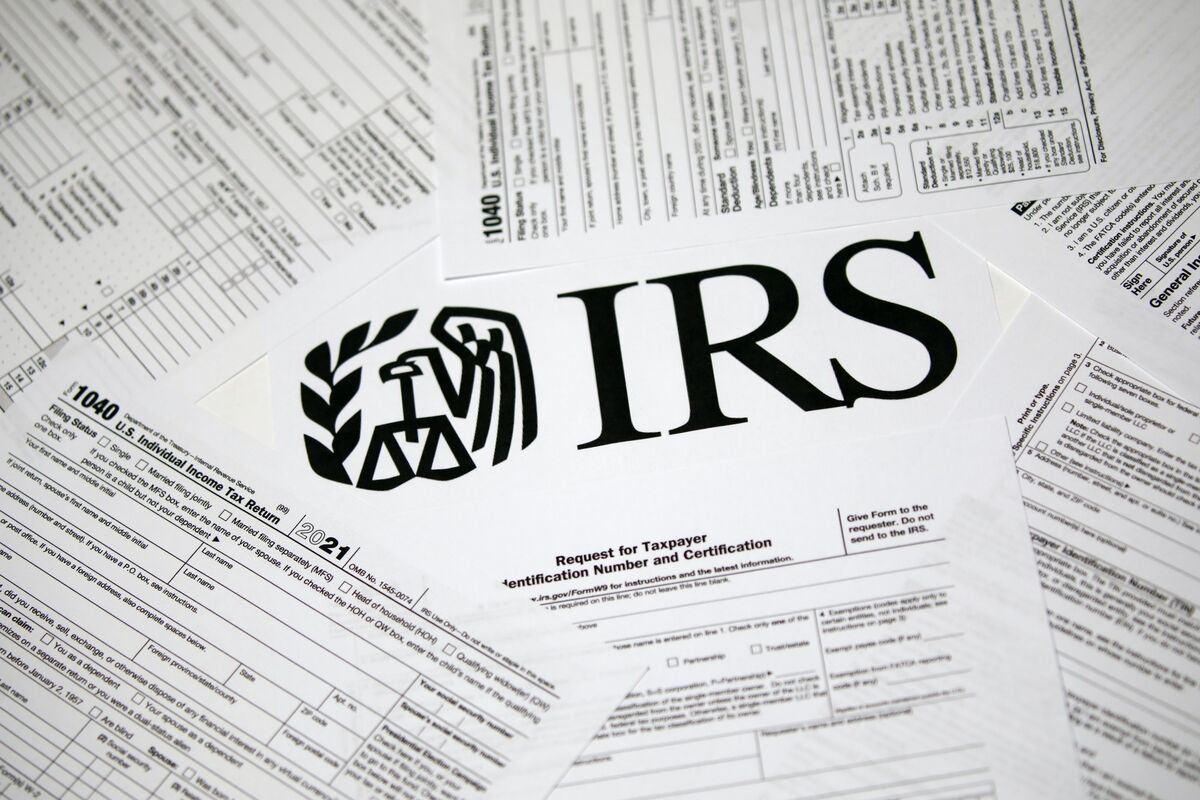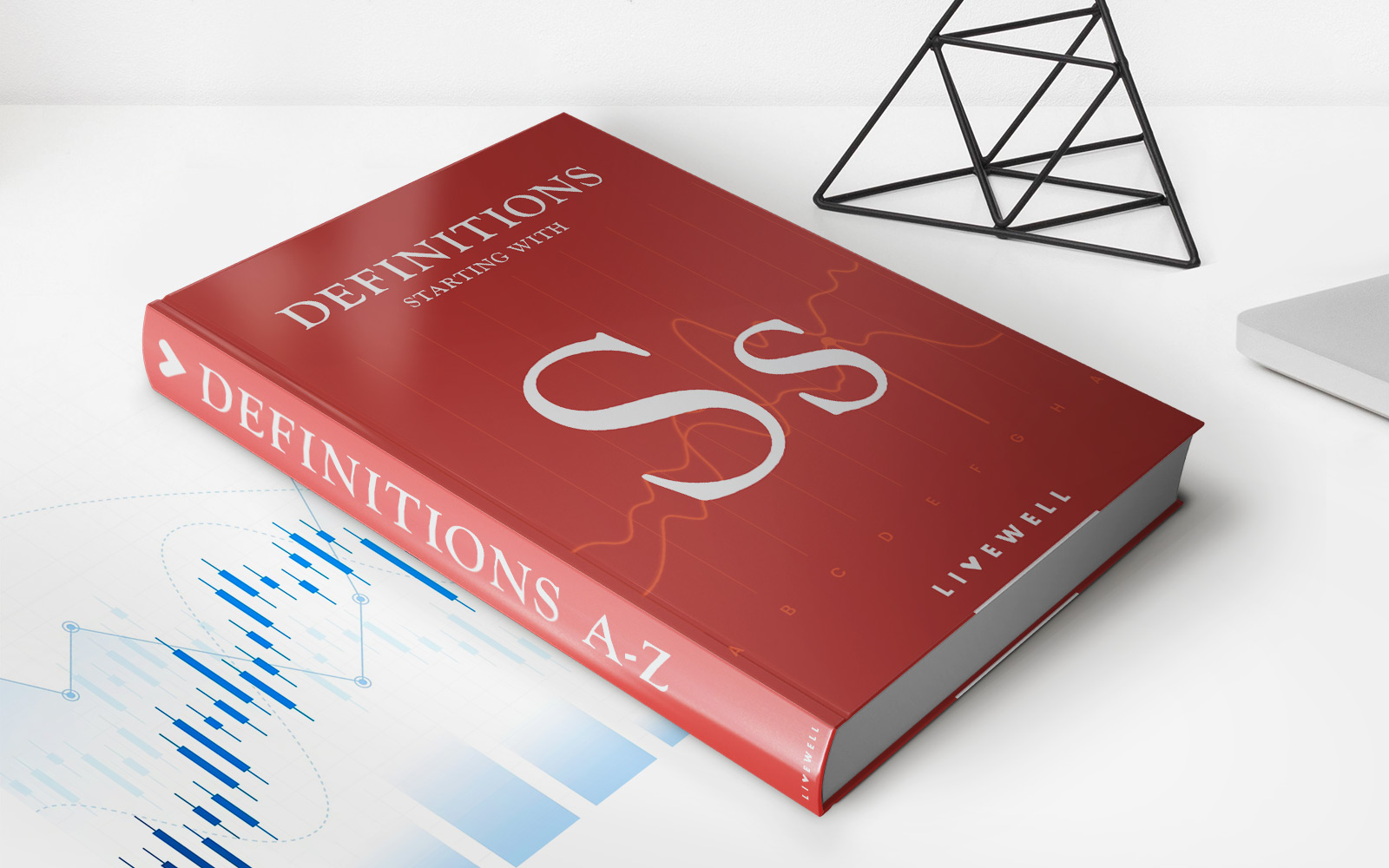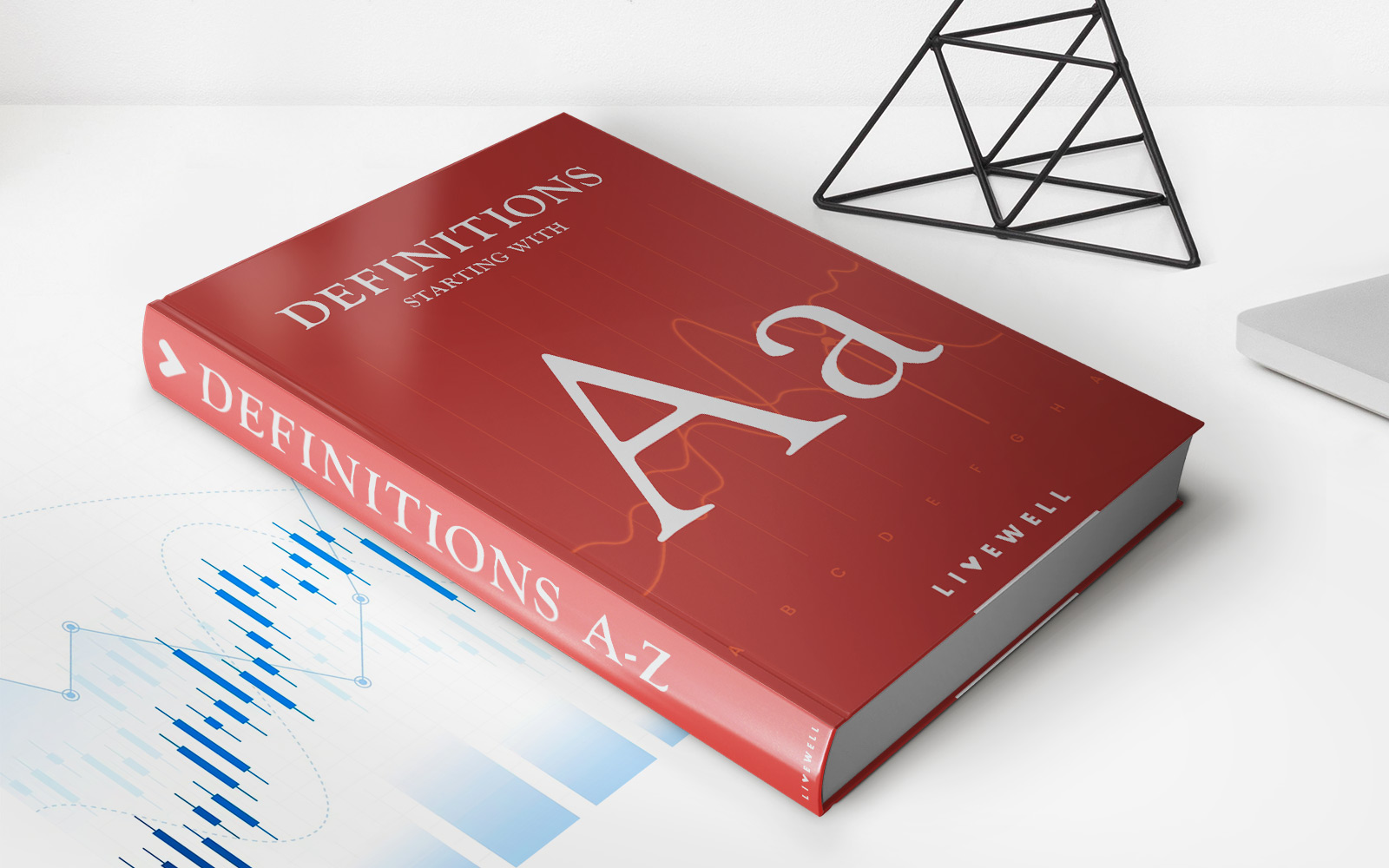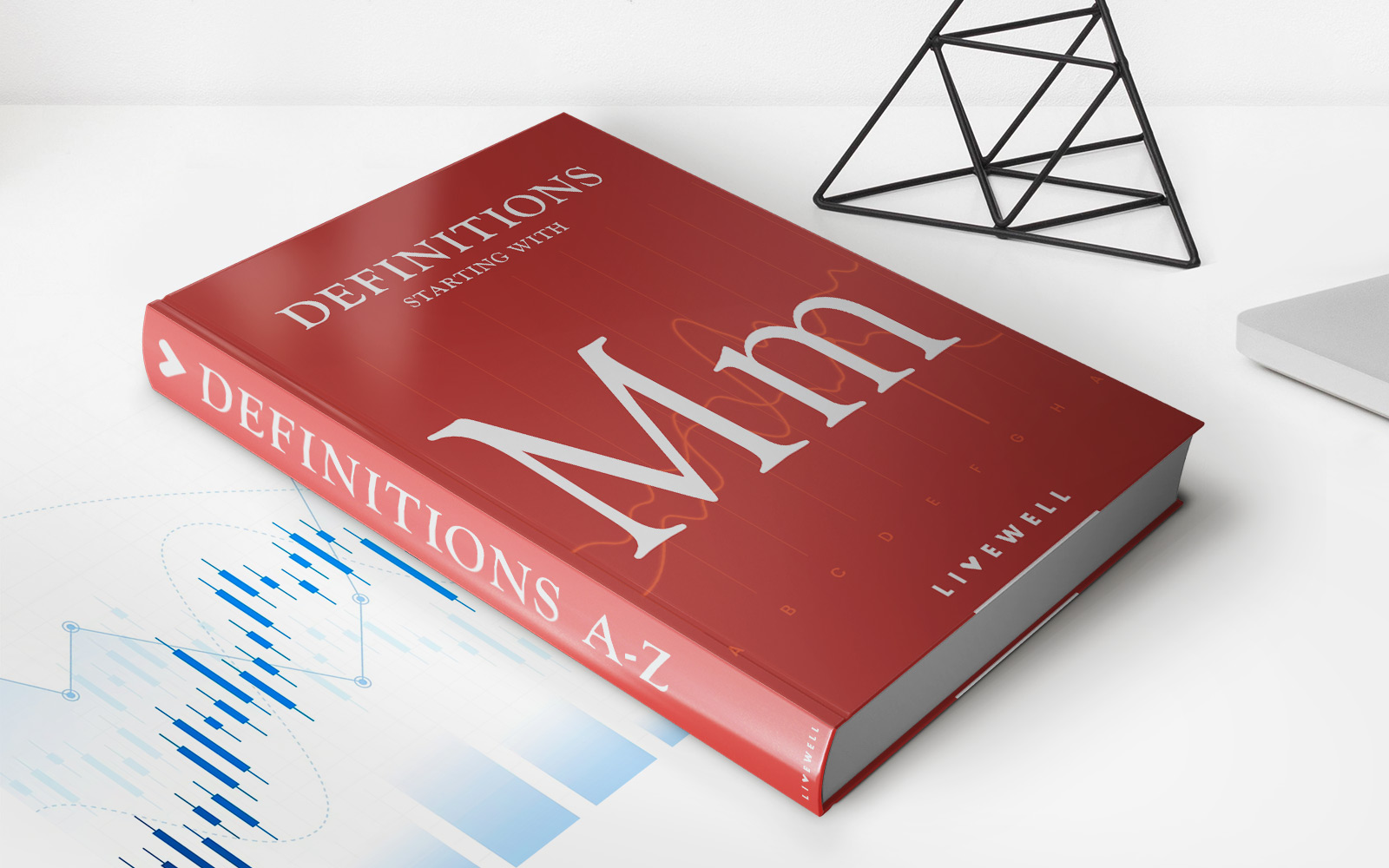Home>Finance>Non-Recourse Debt: Definition, Example, Vs. Recourse Debt
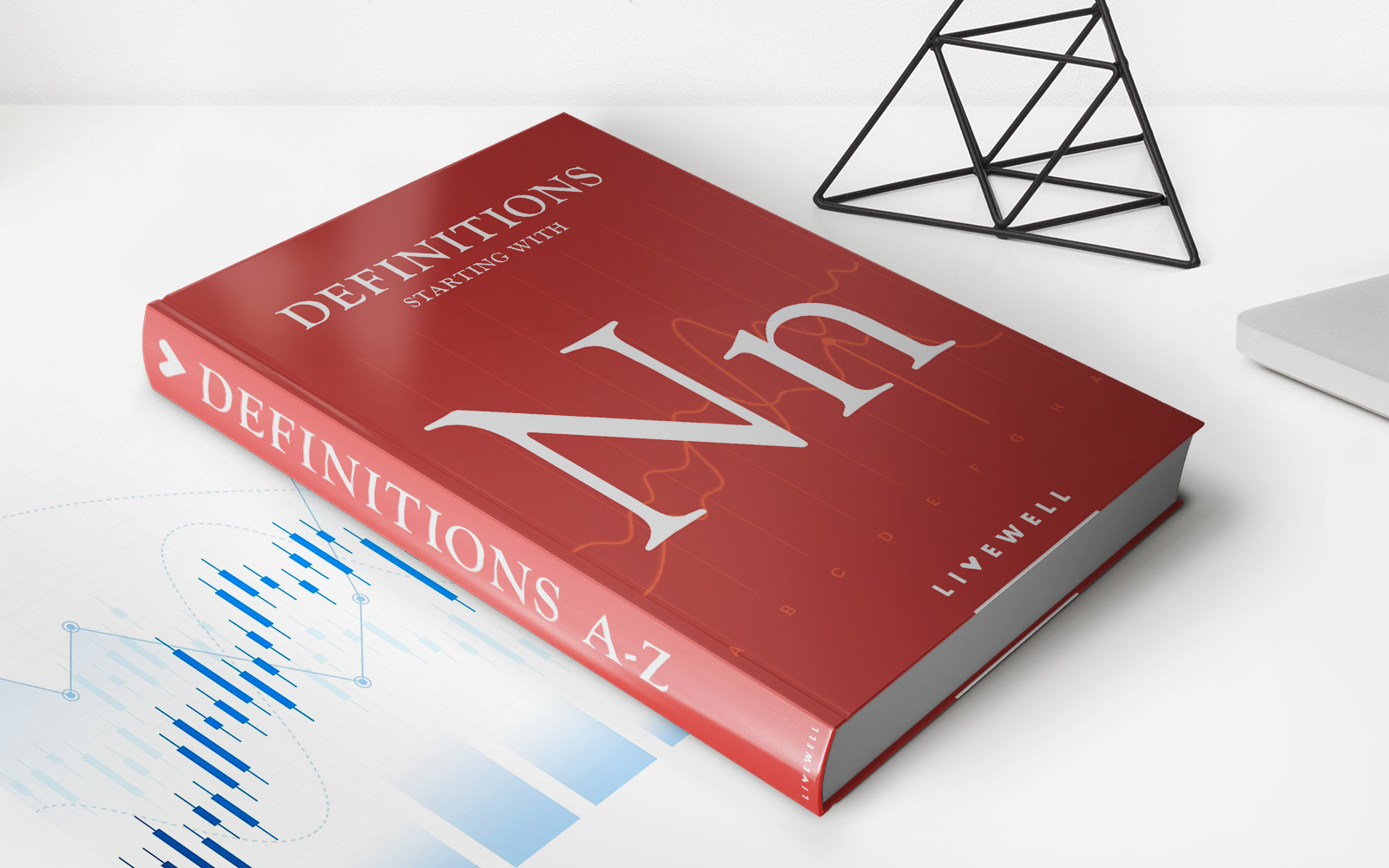

Finance
Non-Recourse Debt: Definition, Example, Vs. Recourse Debt
Published: January 1, 2024
Discover the definition and example of non-recourse debt in finance, and understand how it compares to recourse debt.
(Many of the links in this article redirect to a specific reviewed product. Your purchase of these products through affiliate links helps to generate commission for LiveWell, at no extra cost. Learn more)
Exploring Non-Recourse Debt: Definition, Example, vs. Recourse Debt
When it comes to managing finances, it’s essential to understand the different types of debt and their implications. One such distinction is between non-recourse debt and recourse debt. In this article, we’ll delve into the definition, provide an example, and compare non-recourse debt to recourse debt.
Key Takeaways:
- Non-recourse debt allows lenders to only have claim to the collateral, not the borrower’s personal assets.
- Recourse debt holds the borrower liable for the unpaid debt, even if the collateral doesn’t cover the amount owed.
What is Non-Recourse Debt?
Non-recourse debt is a type of debt in which the lender’s claim is restricted solely to the collateral provided. In simpler terms, if the borrower fails to make repayments, the lender can only seize and sell the collateral to recover their funds. They have no legal right to pursue the borrower’s personal assets or seek further compensation beyond the collateral’s value.
Non-recourse debt typically comes into play in situations where an individual or business secures a loan using a specific asset. For instance, a real estate developer might take out a non-recourse loan to finance the construction of a commercial property. The lender, in this case, would have rights over the property if the borrower defaults, but they couldn’t go after the developer’s personal assets.
Example of Non-Recourse Debt
Let’s consider a fictional scenario to better understand how non-recourse debt works:
John, a small business owner, wants to expand his operations and needs additional funds. He decides to take out a non-recourse loan, using the equipment at his current facility as collateral. The lender approves the loan, confident that the equipment’s value is sufficient to cover the debt.
Unfortunately, things don’t go as planned, and John’s business starts to struggle. Eventually, he defaults on the loan, unable to make repayments. In this situation, the lender can only seize the equipment and sell it to recoup their money. They can’t go after John’s personal bank accounts or any other assets he may have.
Non-Recourse Debt vs. Recourse Debt
Now that we’ve understood non-recourse debt, it’s important to highlight the key differences between non-recourse and recourse debt.
- Liability: With non-recourse debt, the borrower’s liability is limited to the value of the collateral provided. In contrast, recourse debt holds the borrower personally liable for the remaining unpaid debt, even if the collateral falls short.
- Asset Protection: Non-recourse debt offers borrowers a level of protection as lenders can’t pursue personal assets beyond the collateral. Recourse debt, on the other hand, exposes borrowers’ personal assets to potential seizure if they fail to repay the debt entirely.
It’s important to note that the availability of non-recourse debt may depend on specific laws and regulations governing different jurisdictions and lending practices. Always consult with legal and financial professionals before making any decisions regarding debt management.
By understanding the distinction between non-recourse and recourse debt, you can make informed decisions about your financial obligations. Whether you’re considering a loan or trying to mitigate risk, knowing the implications of different types of debt is crucial.
Remember, non-recourse debt provides a layer of protection for borrowers, while recourse debt may carry more personal liability. Ultimately, it’s essential to weigh the risks and benefits and choose the type of debt that best aligns with your financial goals and circumstances.
For more information on personal finance and debt management, check out our other articles in the “FINANCE” category of our website!
